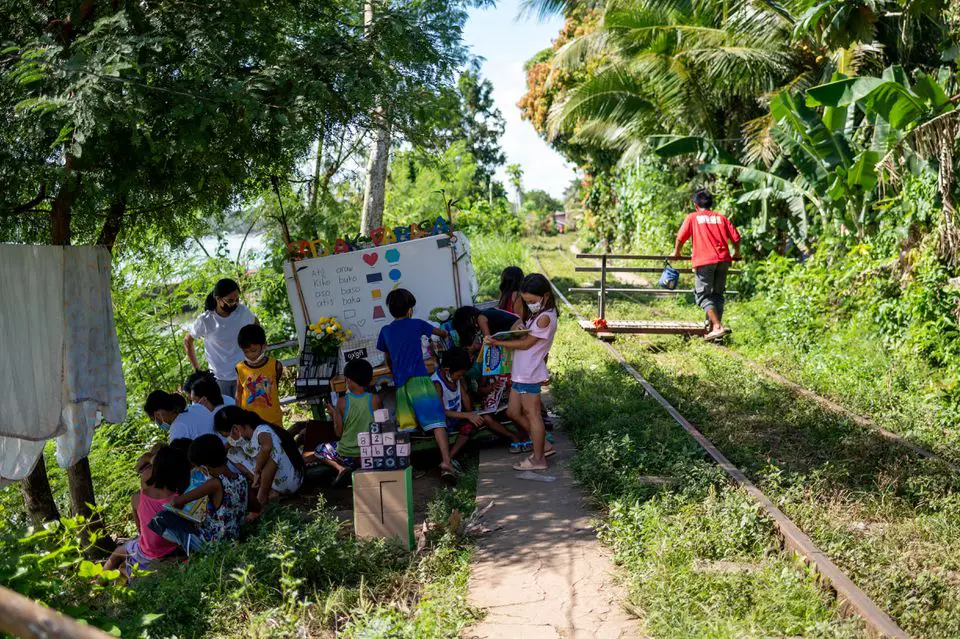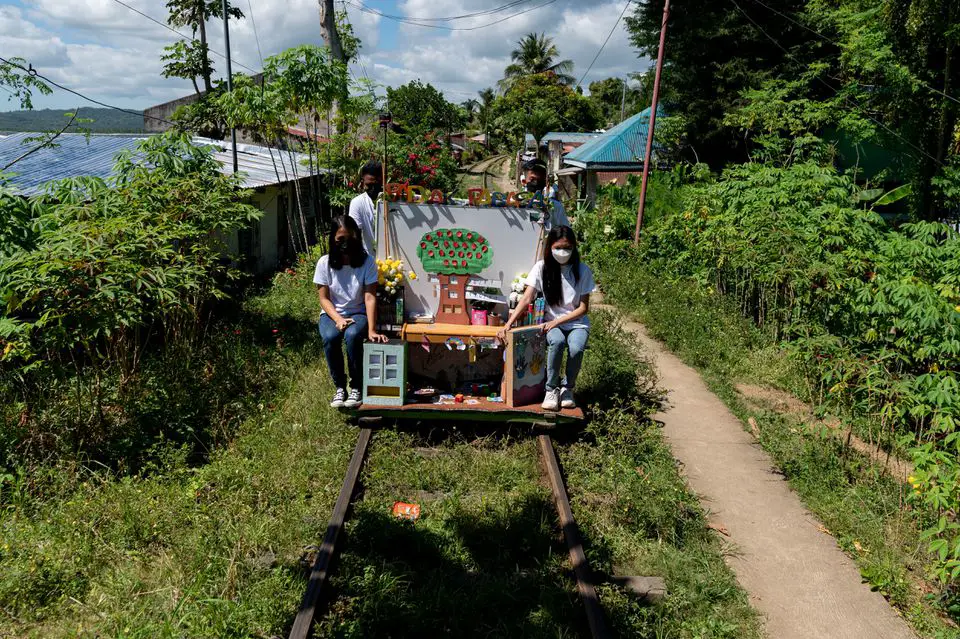What's a good read?
Four young teachers drive a beautifully decorated wooden trolley down a little-used train track in Tagkawayan, a 54,000-person town in Quezon province. The small, mobile school, equipped with a whiteboard, colorful charts, and a stack of books, travels from village to village three times a week, giving education to needy children. At the same time, the COVID-19 pandemic closes schools all over the Philippines.

A shortage of computers, phones, and the internet and inconsistent educational quality have hampered remote learners in the Philippines. To receive data signals, some children have resorted to climb onto roofs. The volunteers teach arithmetic and reading to over 60 children while pushing the trolley like a scooter. In November, they began their campaign and have collected learning materials for their classes through contributions.
The teachers remove the trolley off the tracks while it is halted, allowing them to use the whiteboard for spelling lessons before counting with flashcards. Being off the track also allows other users.
After a 20-month closure that affected the education of roughly 27 million children, the Philippines began a phased reopening of schools in November. More than 3.6 million COVID-19 cases have been reported in the country, with nearly 55,000 deaths.

